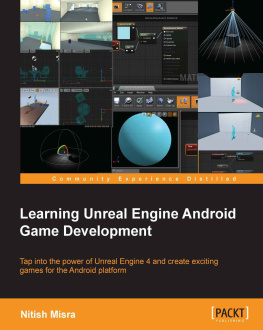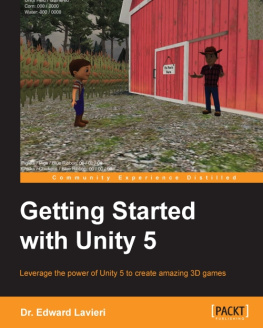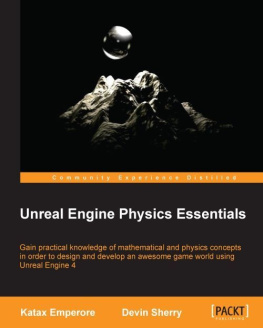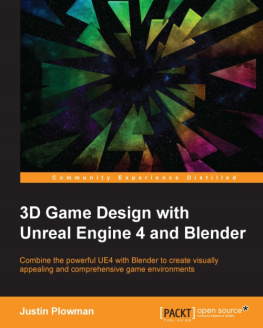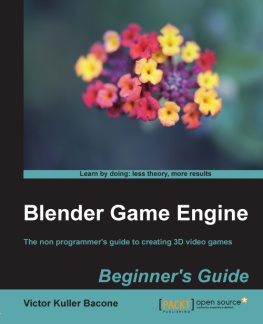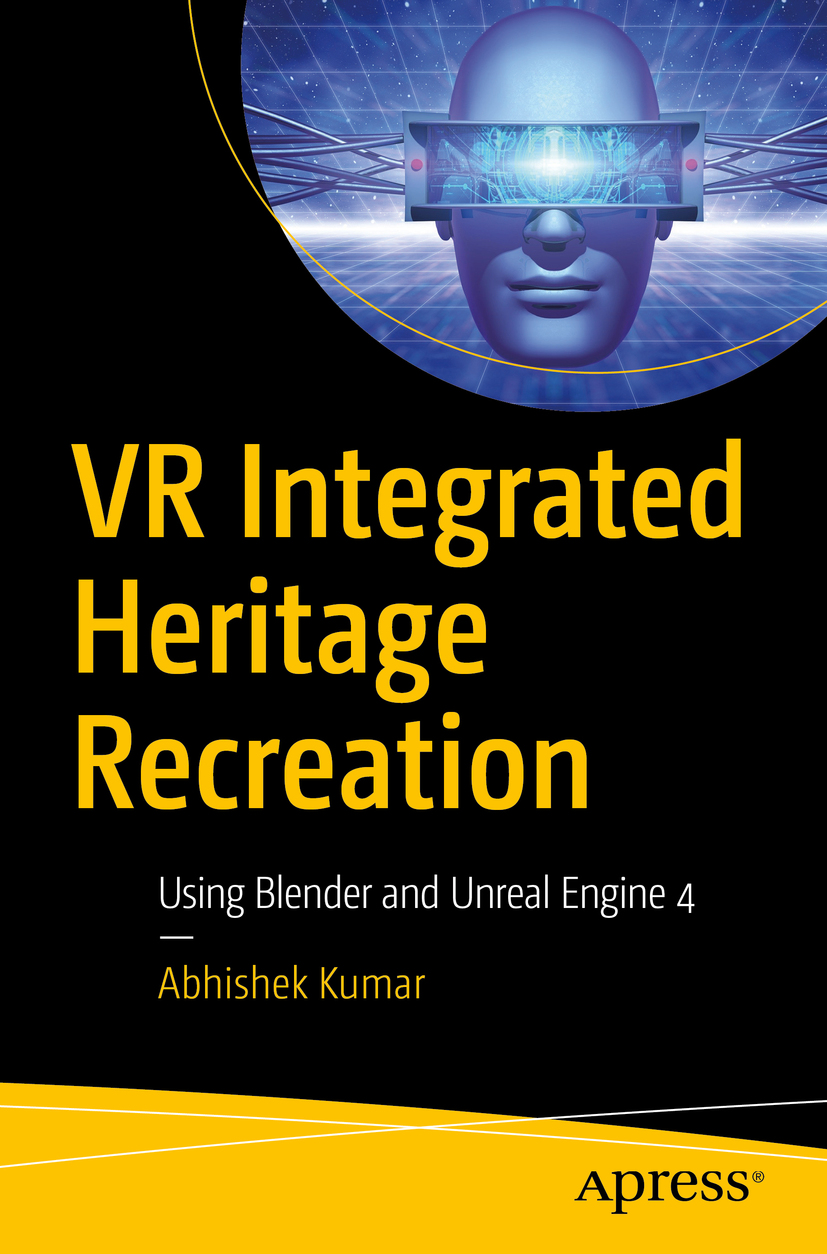Abhishek Kumar - VR Integrated Heritage Recreation: Using Blender and Unreal Engine 4
Here you can read online Abhishek Kumar - VR Integrated Heritage Recreation: Using Blender and Unreal Engine 4 full text of the book (entire story) in english for free. Download pdf and epub, get meaning, cover and reviews about this ebook. year: 2020, publisher: Apress, genre: Home and family. Description of the work, (preface) as well as reviews are available. Best literature library LitArk.com created for fans of good reading and offers a wide selection of genres:
Romance novel
Science fiction
Adventure
Detective
Science
History
Home and family
Prose
Art
Politics
Computer
Non-fiction
Religion
Business
Children
Humor
Choose a favorite category and find really read worthwhile books. Enjoy immersion in the world of imagination, feel the emotions of the characters or learn something new for yourself, make an fascinating discovery.
- Book:VR Integrated Heritage Recreation: Using Blender and Unreal Engine 4
- Author:
- Publisher:Apress
- Genre:
- Year:2020
- Rating:4 / 5
- Favourites:Add to favourites
- Your mark:
VR Integrated Heritage Recreation: Using Blender and Unreal Engine 4: summary, description and annotation
We offer to read an annotation, description, summary or preface (depends on what the author of the book "VR Integrated Heritage Recreation: Using Blender and Unreal Engine 4" wrote himself). If you haven't found the necessary information about the book — write in the comments, we will try to find it.
Some of the most popular video games in recent years have historical settings (Age of Empires, Call of Duty, etc.). Creating these games requires creating historically accurate game assets. You will use Blender to create VR-ready assets by modeling and unwrapping them. And you will use Substance Painter to texture the assets that you create.
You will also learn how to use the Quixel Megascans library to acquire and implement physically accurate materials in the scenes. Finally, you will import the assets into Unreal Engine 4 and recreate a VR integrated heritage that can be explored in real time. Using VR technology and game engines, you can digitally recreate historical settings for games.
What You Will Learn
- Create high-quality, optimized models suitable for any 3D game engine
- Master the techniques of texturing assets using Substance Painter and Quixel Megascans
- Keep assets historically accurate
- Integrate assets with the game engine
- Create visualizations with Unreal Engine 4
Who Is This Book For
Game developers with some experience who are eager to get into VR-based games
Abhishek Kumar: author's other books
Who wrote VR Integrated Heritage Recreation: Using Blender and Unreal Engine 4? Find out the surname, the name of the author of the book and a list of all author's works by series.


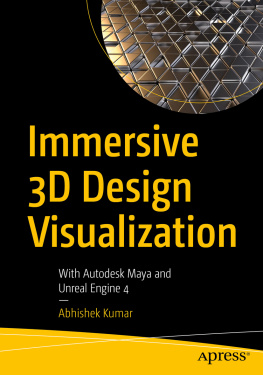
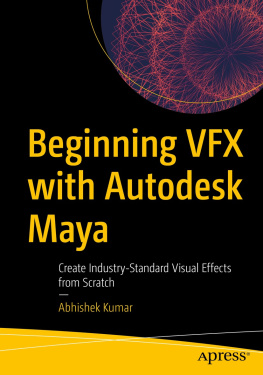


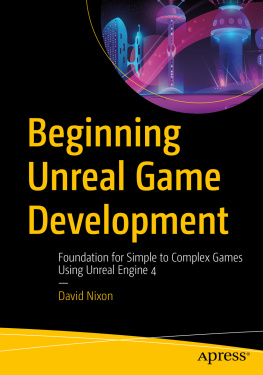

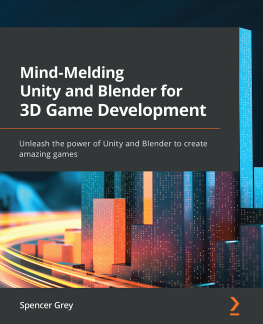
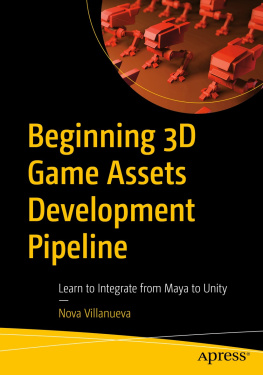
![Justin Plowman [Justin Plowman] - 3D Game Design with Unreal Engine 4 and Blender](/uploads/posts/book/119414/thumbs/justin-plowman-justin-plowman-3d-game-design.jpg)
